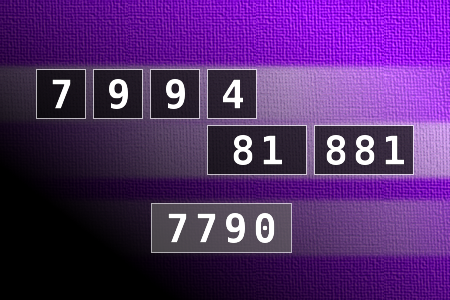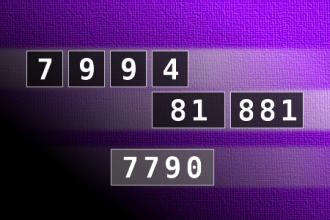Calculate the number 7790
NUMBERMANIA: Calculate the number 7790 using numbers [7, 9, 9, 4, 81, 881] and basic arithmetic operations (+, -, *, /). Each of the numbers can be used only once.Correct answers: 2
#brainteasers #math #numbermania

Silence
After my husband and I had a huge argument, we ended up not talking to each other for days.
Finally, on the third day, he asked where one of his shirts was.
"Oh," I said, "So now you're speaking to me."
He looked confused,
"What are you talking about?"
"Haven't you noticed I haven't spoken to you for three days?" I challenged.
"No," he said, "I just thought we were getting along."

